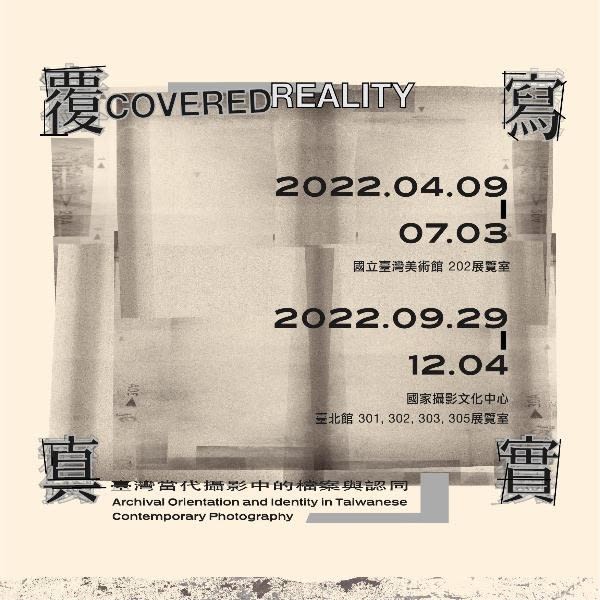Venue|National Taiwan Museum of Fine Arts
Dates|2022.04.09 - 07.03
Opening Hours|Tue. - Fri. (09:00 a.m. - 05:00 p.m. / Sat. - Sun. (09:00 a.m. - 06:00 p.m.)
Curator| Jay Chun-Chieh LAI
Artists|WU Tien-Chang, LEE Li-Chung, TOU Yun-Fei, CHOU Ching-Hui, YAO Jui-Chung + Lost Society Document + Sandy Hsiu-Chih LO, CHANG May-Ling, MEI Dean-E, CHEN Chieh-Jen, CHEN Shun-Chu, CHEN Chin-Pao, HUANG Tz-Ming, YANG Teng-Chi, YANG Shun-Fa, CHENG Ting-Ting, LAN Chung-Hsuan
Curatorial Statement
The discourse of identity reached a peak in the Taiwanese contemporary art scene in the 1990s, with a number of artists endeavouring to explore afresh history and identity in local vocabulary. Together with the introduction of various liberal and modern concepts and information, understanding of the so-called identity has been liberated and is no longer bound to the premodern identity of the nation-state. More works on gender, land, family, and self-identity have therefore emerged. In Taiwan's current contemporary art practice, identity is indeed embedded in more focused and defined creative methodologies, such as the reconstruction of history (historical and political identity), family albums (family identity) in adoption and approaches in connection with LGBT issues (gender identity). Even in areas like technology-inspired, digital and internet art, which are generally considered to be at the forefront of the industry, the future cyborg of human-machine hybrid or the recent rise of the metaverse and NFT, all, without exception, touch on the issue of identity. These practices, if not all, pertain to “archiving” (and the archival technologies that generate).
In Archive Fever (1995), Jacques Derrida (1930-2004) argues from an etymological approach that “archiving” itself embodies an internal contradiction and duality, namely “commencement” and “commandment”. It invokes at once the inseparable relationship between archive, time and governance. However, this commencement houses two meanings. It refers to, first of all, the archive as the record of the past. It also refers, on the other hand, to the real “liberation” of thoughts and memories that begins only at the moment when these depositories of the past become archives. It is also the relationship to time/history and the "truth" it preserves or constructs that makes archiving one of the key fundamental anchors of "identity". Identity, as a complex and multifaceted term, is also closely related to "truth". The probing into what truth is and who to be trusted is the so-called identity. It is impossible to talk about identity without knowing history; yet, knowing history itself is not enough. Artists of different generations featured in this exhibition use photography and extended technology to “archivalise” their understanding of “present/reality”, presenting divergent traces of identity. Whereas “time” is the key to connecting the various major notions in the exhibition.
As an exhibition in dialogue with "Uncoverings: The Search for Identity in Lithuanian Photography" curated by the Lithuanian National Museum of Art, this exhibition is not intended to present Taiwanese Photography in chronological order. In contrast, it will focus on the shared core theme of "identity", a similar dilemma faced by both countries. Photography works with various approaches and perceptions like "Archiving as a Method", "Anarchive", "Re-archiving", and "Historiography of Archiving " are brought together to explore different aspects of identity. If the purpose of documentary photography is to uncover the truth, the orientation of archives is akin to using "cover" as a method to rewrite the truth. To cover, on the one hand, manifests itself in filing, naming, identifying, and protecting, just like the mechanism of archiving. On the other hand, the artists “cover” these concealed things and incidents again with their artistic practices. Meanwhile, "identity" is veiled, in multiple layers, just like the “truth” which is also a fugitive that can never come to light.


